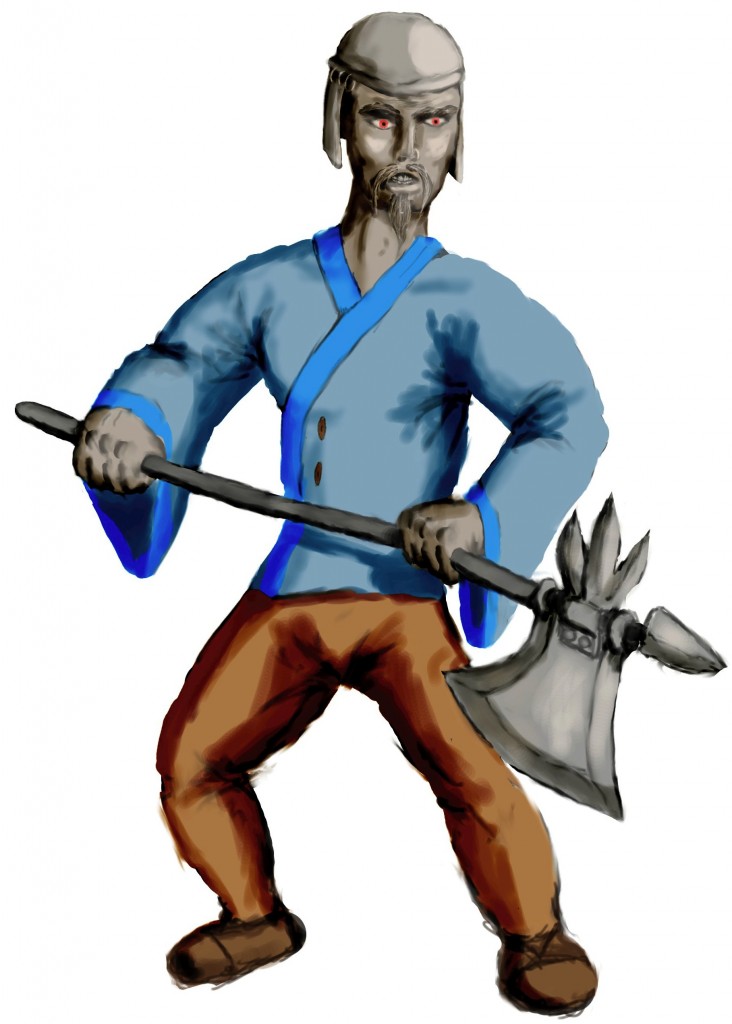Several times I have seen the call to stop making RPGs by different bloggers. Usually the reason for the call is market saturation. There are simply thousands of available RPGs out there and it makes it hard for a company to gain enough market share to make a profit. Many game companies work for “beer money” and that’s the successful ones.
So what would a halt on game creation do? Would it clear out the backlog of old poorly written games? No. Would it make people like the big name games that are already out there? Not if they don’t like them already. It would do one thing, it would kill the hobby. Seriously.
Why can I say this? Because I know a few game designers and most of the time they write games because they’re not satisfied by what is out there. They want something more or less or just different. That’s why I write games. I wasn’t satisfied with what was out there. The systems were too chaotic thematically or didn’t have enough teeth to model the concepts I wanted.
Stopping all the indie games and free games and games that can’t be played because they just weren’t written intelligibly, all the games that have poor production values would kill the industry. How? Because it’s some of those half baked ideas that are usually the craziest. It might not work entirely and maybe it’s half baked but someone else reads it, likes it and does it better. The game they come up with gets a bit of praise, a little acclaim and some beer money.
But guess what, it changes every RPG to come after it. Maybe not overtly, maybe not completely but every RPG that someone thinks up after that has the thought in the back of their head “I need to do what that RPG did or why write.”
Don’t believe me? List off the popular RPGs and I’ll tell you what they changed. There are too many to get into here but you know them, you played them and they changed your expectations for RPGs.
So how do we make it all better? We do need to make some changes. All the designers out there are running around like minstrels playing their own tune. No one wants to or can even figure out how to work together. I think the desperation of having one designer work on a game and the frustration with getting something done makes us skimp on quality. Burn out is another problem with the solo designer.
There are some rumblings of change out there. Bands are starting to form. Not all of them will stick together, not all of them will be able to play in harmony but the idea is out there. Maybe we need to think of game design in a more segmented fashion and learn to riff off each other. You need a lead designer, someone who can say yes or no to ideas. You need someone who comes up with brilliant mechanics. There has to be a Writer (proper), someone who can turn clever phrases and make dry text that the mechanic came up with into prose. Then you need artists, at least one finish artist and at least one bulk artist. The finish artist works on cover art and a few eye catching pictures. The bulk artist gives life to different ideas and possibilities in the game by filling in the pages.
Writing and producing The Artifact was a collaboration. I had several artists that not only did great work, they added in their own ideas about how things should look. They went in directions I wouldn’t have thought of. Sure I did the writing but I had help with a lot of the ideas. To this day a good number of the ideas I come up with are a result of playtesting and talking about ideas with Tarnoc (we call it “breaking The Artifact”). I’m a mechanic kind of guy but I’m not much for prose. I do my own art but I’m more of a bulk artist. I don’t have the time anymore to do big impressive pictures.
How do you think designers can form these “Bands” and riff off each other?



 The Free RPG Blog
The Free RPG Blog